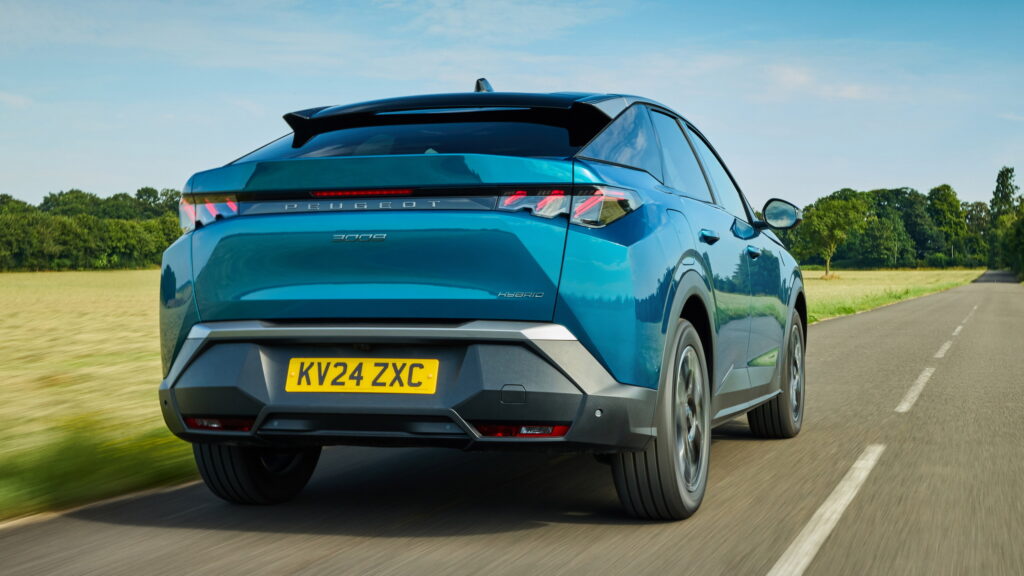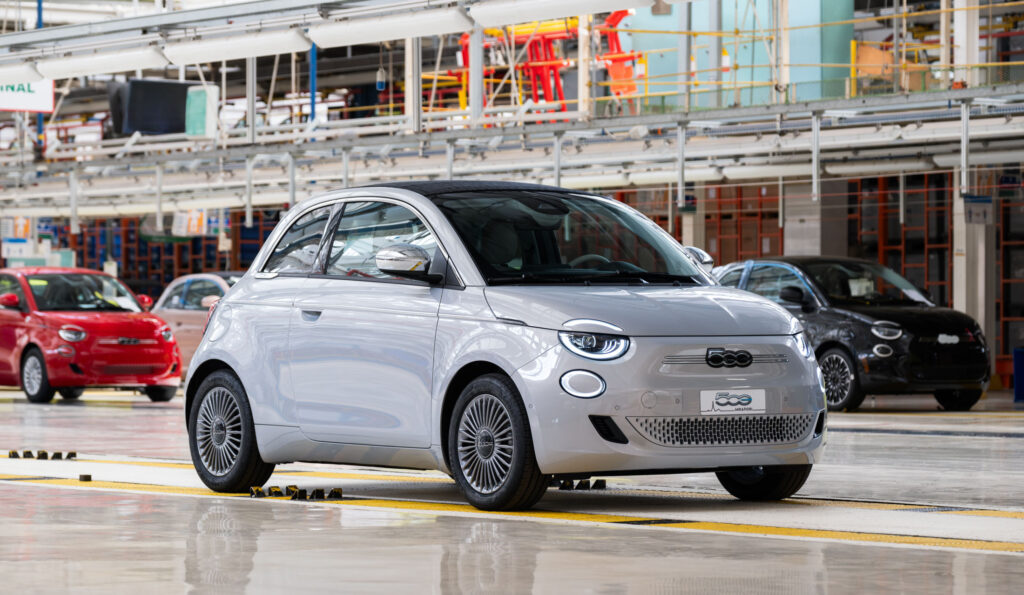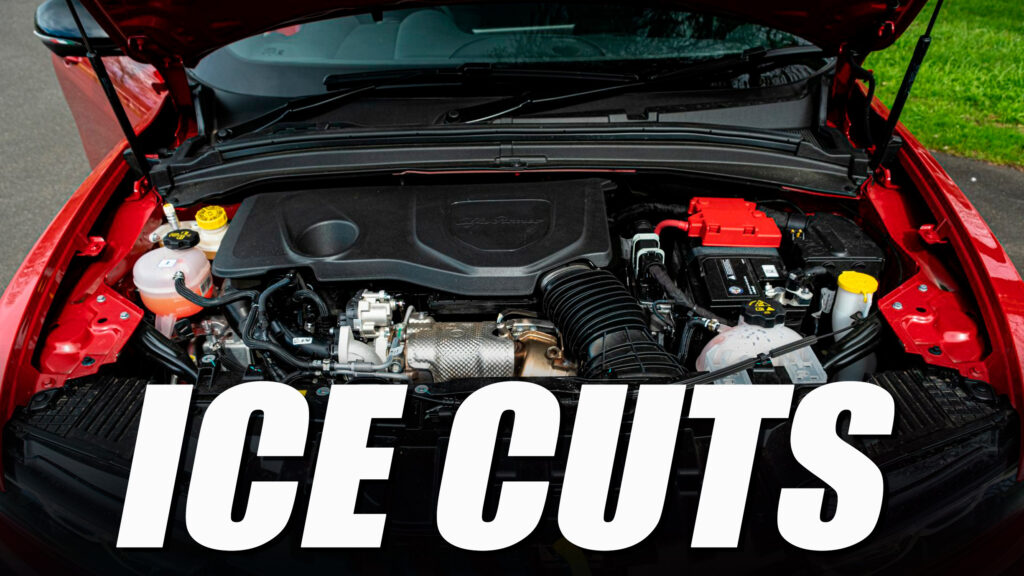- The company’s EVs must account for 24% of total vehicle sales if it wants to meet 2025 targets.
- Stellantis could slow the production of some combustion models to reduce sales.
- Jean-Philippe Imparato has also suggested raising prices of ICE models to favor its EVs.
Stellantis is looking to cut production of some of its internal combustion-powered models to comply with 2025 EU emissions targets. This comes after chief executive Carlos Tavares recently revealed the firm opposes any delay in changes to the rules and says it will comply with them and won’t need to pay fines to do so.
Newly-appointed European chief operating officer Jean-Philippe Imparato has revealed that Stellantis must double its EV share next year to 24% of total vehicles if it wants to meet 2025 targets. The other option is to reduce production of ICE models if demand for their EVs doesn’t increase.
Read: Stellantis Selling Arizona Proving Grounds As Cost Cuts Continue
Updated EU rules come into effect on January 1 and will set an overall fleet CO2 emissions target of 95 grams per kilometer, a fall from the 106.6 g/km rule enforced since 2023. If an automaker misses the target, they will face fines of €95 per excess gram per vehicle. Imparato told Auto News that production cuts for the firm’s ICE models could start as early as November 1, confirming that his “first task is to align production for vehicles sold in the first quarter of 2025,” by the first week of November.
According to Imparato, Stellantis has several ways it can attempt to boost EV sales. For example, it will increase dealer incentives on EVs, providing rewards across the entire distribution chain, including zone managers and salespeople. The carmaking giant may also look to increase the prices of its ICE models “on a flexible basis, by model, brand, and market,” in an attempt to encourage shoppers to consider an EV.

There’s more Stellantis can do to help dealers. Many dealers have recently returned EVs from lease agreements in 2021 and 2022, and Imparato says the brand can help dealers with their residuals. Additionally, the executive says Stellantis can look to leverage the long-term value of EVs and effectively sell an electric model three times – once through an initial lease and then two more leases as a used vehicle.
Leapmotor should also help Stellantis meet emissions targets. The carmaker purchased a 51% controlling stake in the Chinese brand’s international arm, and its sales will count in the group’s overall emissions figures.




